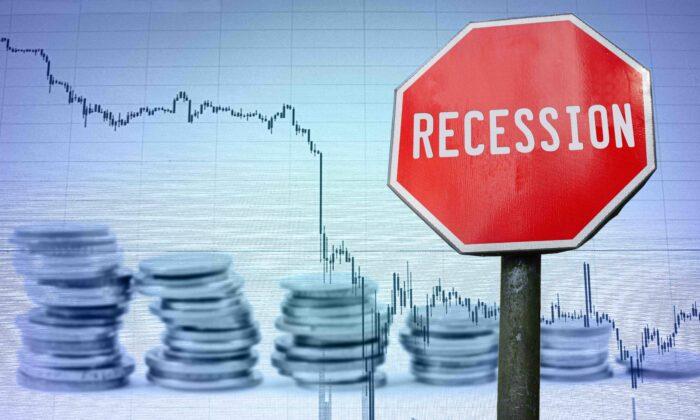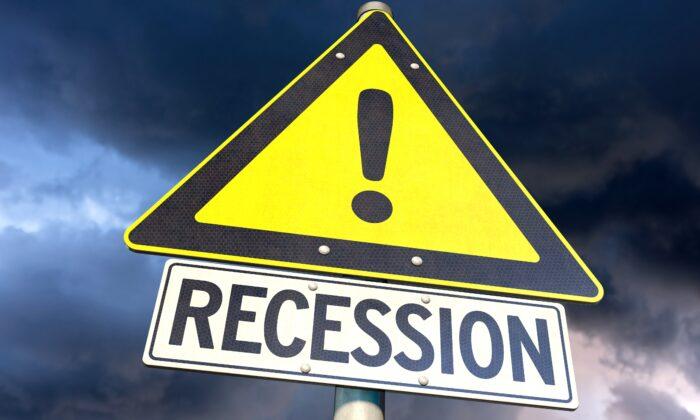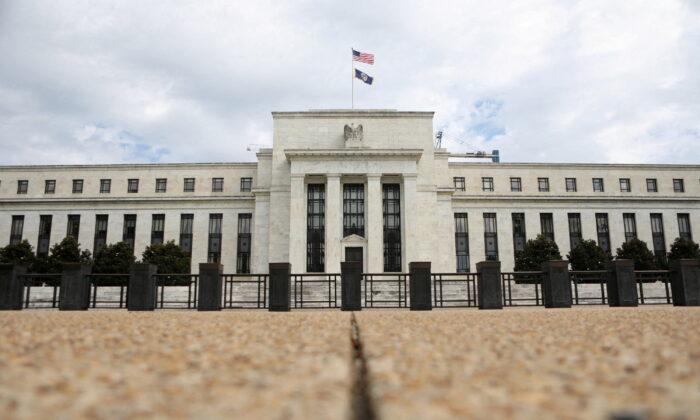Commentary
The purpose of immensely important, woefully unappreciated eurodollar futures derivative contracts is simply hedging. But hedging enormous and complex financial positions isn’t for you or me, but rather for the global behemoths that are the eurodollar system itself (the world’s actual reserve currency). Given the scales involved, there are literally trillions on the line, therefore there is enormous effort in the market to uncover the best possible information.
But we don’t take the futures literally. Most times.
Let’s start with an example. As of May 26, the March 2023 contract price finished the day at 96.84. Settlement is done on a cash basis, and involves calculating a 3-month
LIBOR index, which is nothing more than 100 minus whatever 3-month LIBOR happens to be when this contract expires next March.
Using some back-of-the-envelope arithmetic, the May 26 price of 96.84 would make it seem that the market is anticipating 3-month LIBOR to be 3.16 percent (100 – 96.84) a little less than a year from now. That’s not quite the case; traders are pricing a number of the likeliest scenarios where the average perception across all participants works out in the vicinity of that rate.
As those perceptions change, so will the price. Should the marketplace consider different factors at different probabilities, the balance of those might increase the likelihood for higher rates next year. Then the March 2023 contract price would decline to reflect the changes in probability (so that 100 minus a slightly lower price yields a slightly higher future rate).
There are an unknowable number of factors to consider, when trying to predict where this crucial, frankly gigantic offshore U.S. Dollar benchmark might end up. It goes without saying, but I’ll write it anyway: there is enormous uncertainty and it only grows the further out in time you try to consider.
Despite this correlation between time and cloudiness, the eurodollar futures curve starts out relatively easy and intuitively. Since 3-month LIBOR is impacted directly by alternative money rates, including those offered by the Federal Reserve, the Fed’s monetary policy represents the biggest factor among the shortest-to-maturity contracts.
If Jay Powell announces that the Federal Open Market Committee (FOMC) is going to start hiking rates for the interest rate on excess reserves (IOER) and its reverse repurchase agreement (RRP) window, along with the range for federal funds, and continue hiking into the foreseeable future, this is what would most affect the pricing of shorter-dated eurodollar futures contracts.
We can (sorry) literally see this by behavior at specific parts on the curve. Market segments are broken down by colors, which represent groups of four calendar quarterly maturities, each assigned these shades: the closest four to the present are white; the next four red; the quartet after those green; then blue, then gold, and finally purple.
Whites and reds, as I wrote, are all Fed: the eight innermost contracts, those inside a two-year forward window. The Fed’s ability to offer competing rates is simply the elephant in the market, the competing element most likely, most of the time, to affect future 3-month LIBOR.
Further into the future, into the greens, blues, and beyond, the Fed might still be important, but it is no longer as decisive. Hedging huge swaths of financial positions more than 2 years into the future requires serious deliberation of anything that could realistically sway short-term money rates, a list much larger than Fed policies.
As history has repeatedly shown, policymakers might endeavor to set rates as they wish, for as long as they wish, but rising uncertainty also means contemplating how the Fed’s best plans can (and often do) go awry—unanticipated economic and monetary stumbles.
The Fed sets a course for steady rate hikes today, the whites and reds immediately price them, but getting into the greens and blues, the market also takes a look at the probability of issues that might trip up those rate hikes. The higher those probabilities, the more it will impact the greens and blues first (shown above).
Should the market become more confident about those issues, rather than the Fed’s plans, uncertainty will then spread into the reds (shown immediately below). If the potential for monetary and economic slipup grows too large, whether anyone at the FOMC sees it or not, it will indeed get to the whites, too.
The eurodollar futures curve, like any curve, is meant to be upward sloping. If, instead, participants anticipate serious potential dangers, they hedge by buying eurodollar futures contracts. When enough hedgers do this, it raises their price, lowering their yields compared to other contracts.
Left unchecked, this is inversion.
This is exactly what happened in the market on December 1, 2021. The March 2025 contract price suddenly popped half a basis point higher compared to that of December 2024; upside down, the indicated yield said the market was hedging a then-small possibility for lower rates at some undetermined point.
Something had spooked the market.
This is why we don’t take the contracts literally. Otherwise, we would have thought very little of it, when, in fact, this was a huge warning. Taken at face value, it might have appeared as if the market was saying there’s trouble ahead—in early 2025. That far out in time wouldn’t really have been much to worry about.
But that’s not what the market was indicating. As the calendar turned to 2022 and we have moved further into the year, the small worry from Dec. 1 has only grown and expanded. As it has grown, the inversion has continually broadened. The distortion has gotten deeper as well as moving ominously toward the front; from blues to all greens then, yes, reaching the reds until recently it nearly took a spot in the whites (below).
The market is more and more confident that the days of FOMC rate hikes are numbered; more and more of the market is hedging that way. Again, it does not matter one bit if policymakers agree with this assessment. History has proved that the market sees—then prices—what officials never do.
We need only go back a few years, to 2018-19, for the last prior example of this: the eurodollar curve inverted in June 2018, starting small and in the greens/blues, even though Jay Powell’s Fed was downright cocky at the time about rate hikes. However, the inversion continued to widen and move up the curve until by 2019 there were no more rate hikes, only rate cuts—just as the spreading inversion had predicted all along.
What does it say about the state of the US and global economy that eurodollar futures inversion is almost into the whites right now?
The United States and the global economy must be facing a huge degree of deflationary danger, which is becoming progressively more serious and immediate. Even where the Fed is supposed to reign supreme, the reds now whites, the market is thinking less and less about rate hikes, and more and more about how they’ll stop, and then the potential for rate cuts. This is not in some distant future, like March 2025, but is increasingly likely in our current short run horizon.
When eurodollar inversion reaches the whites, that is when you start taking the curve more literally. Sadly, we’re almost there.








